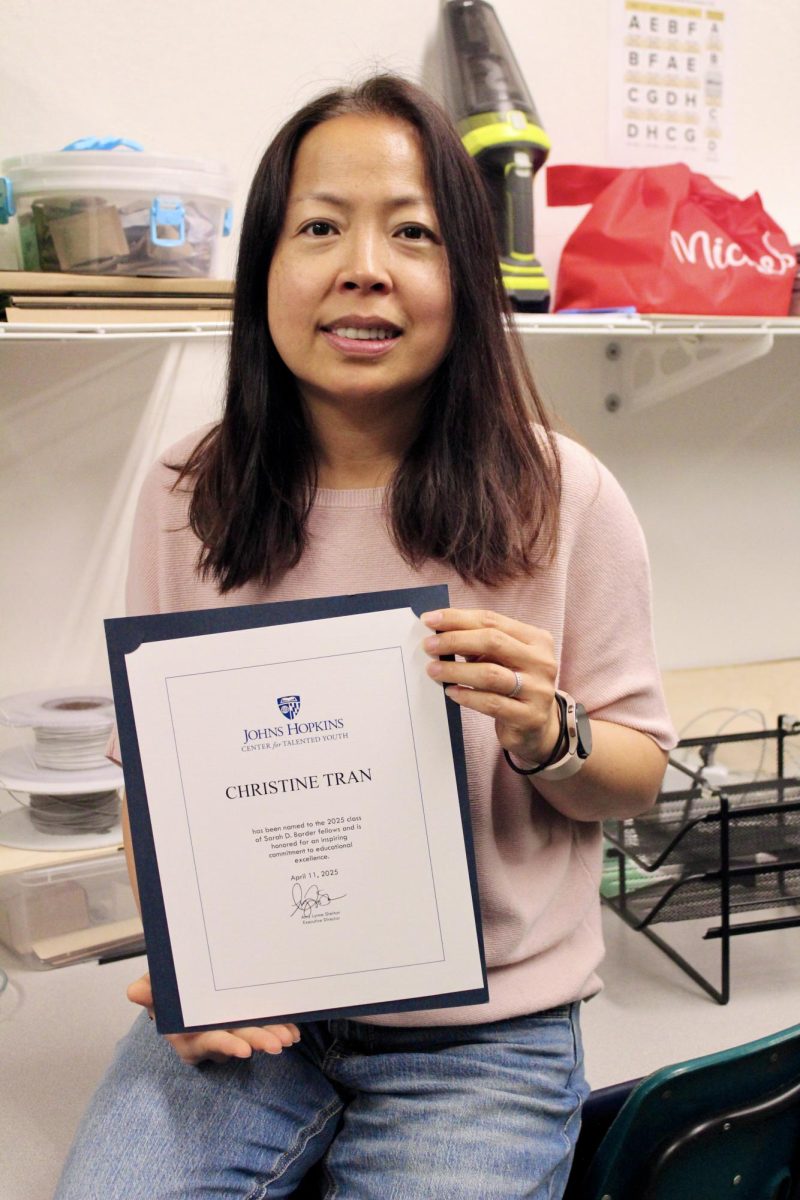From the invention of the Model T to the futuristic cyber truck, autonomous vehicles have been described as one of the stepping stones to the far future in works of literature. However, self-driving cars might be closer to reality than previously imagined. Currently, 10 companies, ranging from Ford to Google, are racing to make an autonomous vehicle.
Although research is kicking into high gear, according to a Pew Research Study, 63 percent of adults do not want to ride in a self-driving car. One of the concerns that is cited in this study is safety.
“[Self-driving cars] can create problems like glitches or hacks that can jeopardize safety,” sophomore Dhruv Gupta said. “So I think it is important that companies move forward with taking the right safety measures.”
However, many companies have ignored this sentiment and tried to develop the most enjoyable self-driving car. Accidents have already happened due to glitches or technical errors in the autonomous vehicle. This includes California’s GM cruise program, which had to be rolled back due to numerous accidents.
Once companies improve safety, however, autonomous vehicles could be used for good as they limit careless deaths due to human error. One of the key selling points that many companies say show the benefit of self-driving cars is the ability to prevent crashes.
Junior Zach Galbraith has driven many different cars in the past and is very interested in the development of this technology.
“[I think that] if we were to take the current self-driving software available and put cars with that software on the road right now, there would be a significant drop in car-related deaths per year,” Galbraith said.
One of the main causes of death in America is due to drunk driving, which can be limited by the use of a self-driving car. Along with the decrease in fatalities, autonomous vehicles can also make work more efficient while also making the road less stressful.
After weighing the positives of owning a self-driving car, both Gupta and Galbraith want a self-driving car in the future.
“I won’t have to focus on the road while driving a car, allowing me to focus on other more enjoyable and pressing tasks,” Galbraith said.
Overall, the race to make autonomous vehicles is only starting to ramp up. With both positives and negatives to the development of self-driving cars, they must be designed and manufactured with safety as the primary focus.






